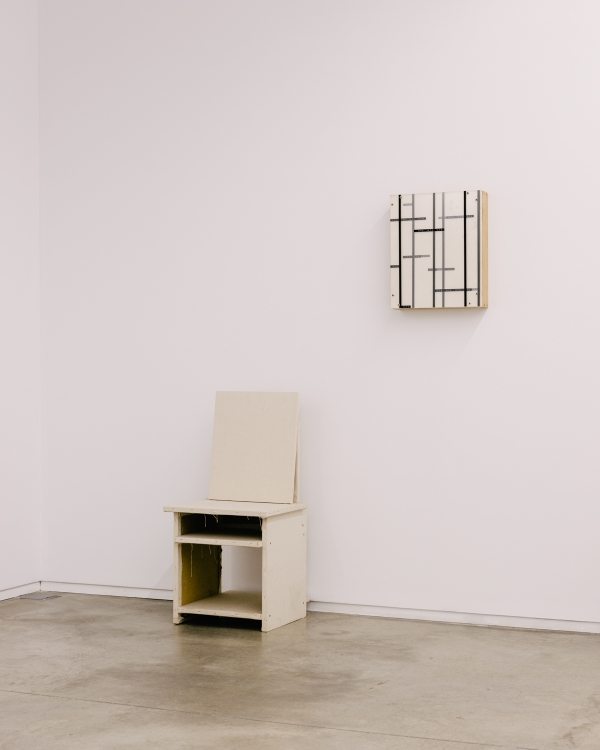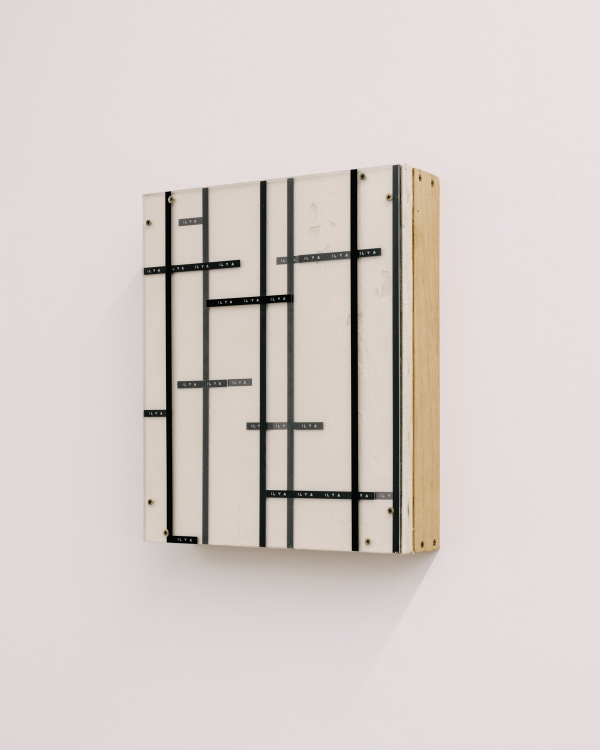Pep Agut
(Terrassa, 1961)- Les imatges són un teixit, 2016
- Dijous, 2016
- Universal measures (all the paintings in the world), 2016
- Artistes i pretendents, 2016
- Túnica de guerra d'Ulises, 2016
- Penélope al món de la propaganda, 2016
- La cicatriu, 2016
- Res, 2016
- Comptaré les hores, 2016
- N, S, E, W, 2016
- Miraré tots els punts de l'horitzó, 2016
- Cap imatge encara, 2016
- Memento Mori, 2014
- Naixement de la forma, 2014
- Artista al seu lloc de treball, 2014
- Memoria Personal, 2013
- Sinapsi, 2011
- Broca / Drill bit, 2011
- Dislocación / Dislocation, 2011
- Bipolar, 2011
- 'L'Iguana' i altres Regions / 'L'Iguana' and other Regions, 2008
- Hèrcules (Autoretrat en devaluació econòmica i plusvàlua cultural), 2007
- Hèrcules espectacularitzant-se, 2007
- Hércules Público / Public Hercules, 2007
- Hércules, 2007
- Partes de, 2006
- Figuras / Figures, 2005
- Callarme / Gritar (Keeping quiet / to shout), 2005
- No em diguis el teu nom, 2004
- Casas de Adán (La idea de Hablar), 2002
- Interview, 2000
- Res és igual a res, 2000
- Bridge/Ruin, 1998
- Il y a, 1997
- Habitaciones exactas, 1989
Il y a, 1997
Mixed technique
Painting, 46x38cm; chair, 46x51x95cm
Il y a was originally produced for an exhibition that was held at the Rochechouart Museum in 1997 entitled The Prisons (referring back to Piranese’s Carceri d’Invenzione, which are imaginary views of imposible prison architectures, engraved in two series in 1745 and 1761). Pep Agut’s Prisons symbolize the capacity to create fictions, counterbalanced by the posible imprissonment that can be constituted for an artist by the simple reference to an ancient model of representation.
Il y a refers to the state of apperception. “There is” (in French, 'il y a') does not only apply to the objects that can be observed around us; it can also be the impersonal “there is” : there is perception. One will ask, and rightly so: Perception of what? Is it the canvas, the chair,the window reflected in the canvas, the floor, the room, or is “there is” only an act of intellection bearing on the simple ideas evoked by the worlds which are spoken or read? “There is” can thus refer to at once to physically present things and to the perfectly trivial state of “there is nothing to see”.
The process is all the more absurd for a plastic artist in that he must simultaneously show and designate both the place of appearance and the subject in this place. Thus in Agut we rediscover, if not the place of the image, at least the place of the figure, a problematic which splits, so to speak, into two “manners of being”, one of which is subjectivity and the other alterity.

Vista general


Vista detalle

Vista detalle


Vista detalle